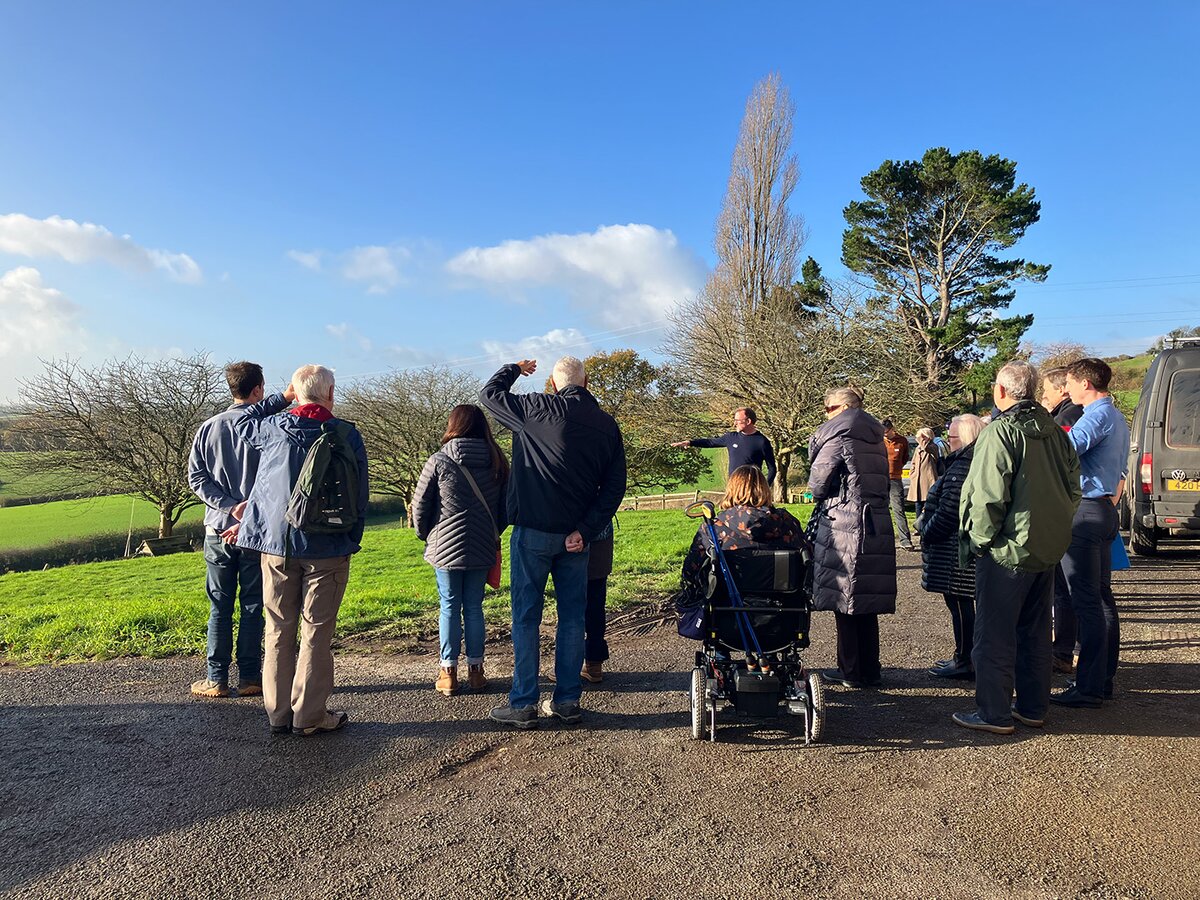Design codes
A set of design requirements created with local communities to develop new visions for an area.
What is a Design code?
Design codes help shape places in keeping with their local character and needs, foster community involvement, facilitate the building of more and better homes and public spaces and speed up decision-making.
Every area of the UK is unique so they need to be approached individually. Designing with people and planet at the heart allows us to create places that people want to be and invest in – so good for the environment and great for business. The codes support well-designed places by:
- Enhancing local character.
- Supporting vibrant and healthy communities.
- Addressing the climate emergency.
Navigating the learning materials on this website.
Design codes are unique to each area they aim to improve. Whatever your code’s goals or stage of development, you’ll find easy-to-use, tailored learning materials here to support you.
Drawing from insights in Phases 2 and 3 of the Design Code Pathfinder Programme, these resources guide coding teams through the design coding process. Developed with input from experts and participating teams, they include:
- Thematic insights on design code challenges
- Downloadable and editable tools
- Case studies from programme participants
- A collection of seminar videos from design code experts
These materials are designed to inspire and support high-quality, sustainable design in your projects. For more information and support on design codes, we recommend having a look at the following resources:
- PAS Design Code Practitioner Network: Design Code Practitioners Network | Local Government Association
- UDL Code School: Code School
- Locality Guidance: Homepage - Locality
- RIBA's Engagement Overlay: Engagement Overlay to the RIBA Plan of Work
- Office for Place Design Code Resources: Office for Place - GOV.UK
Set up a design code.
This stage involves laying a solid foundation for creating codes that foster high-quality, well-designed places by understanding the context, engaging stakeholders, and securing the necessary resources. Getting this phase right ensures that code development and implementation go smoothly.
Developing a design code.
This stage involves drafting the code, incorporating best practices, and ensuring it meets the needs of your area. These resources provide useful guidance on the coding process, including community and development management engagement, language imagery, and usability. By focusing on this stage, we help you produce a code that enhances local character and promotes high-quality development.
Implementing a design code.
This phase is about integrating the code into everyday planning practices and ensuring consistent use. Successful implementation requires strong management engagement, ongoing training, and regular monitoring. These materials offer practical insights from pathfinders who have navigated this stage, highlighting the importance of continuous improvement.
Road to Design codes
Use this step-by-step interactive flow chart to create your own code.
This tool offers a good starting place and was developed based on the stages of the National Model Design Code and helps to breakdown the complex coding process for teams of different scales and with different starting points.
Design codes – the story so far.
In 2022 the Design Council worked with the Department for Levelling Up, Housing and Communities and Office for Place (DLUHC), providing design advice and support to 25 selected pathfinders in Phase 2 of the Pathfinders Programme
Made up of local authorities and neighbourhood planning groups they developed Design Codes to help raise the quality of the built environment in their local area. They built on the experience of 16 previous participants who took part in the National Design Code Pilot Programme (NPFF) in 2021.
Phase 2 focused on the design code creation process, offering best practices from local authorities and neighbourhood planning groups. Phase 3 extends this by sharing experiences from pathfinders implementing their codes, with practical tips for future teams integrating codes into daily planning.
For detailed insights from Phase 2, please refer to the evaluation report below.


